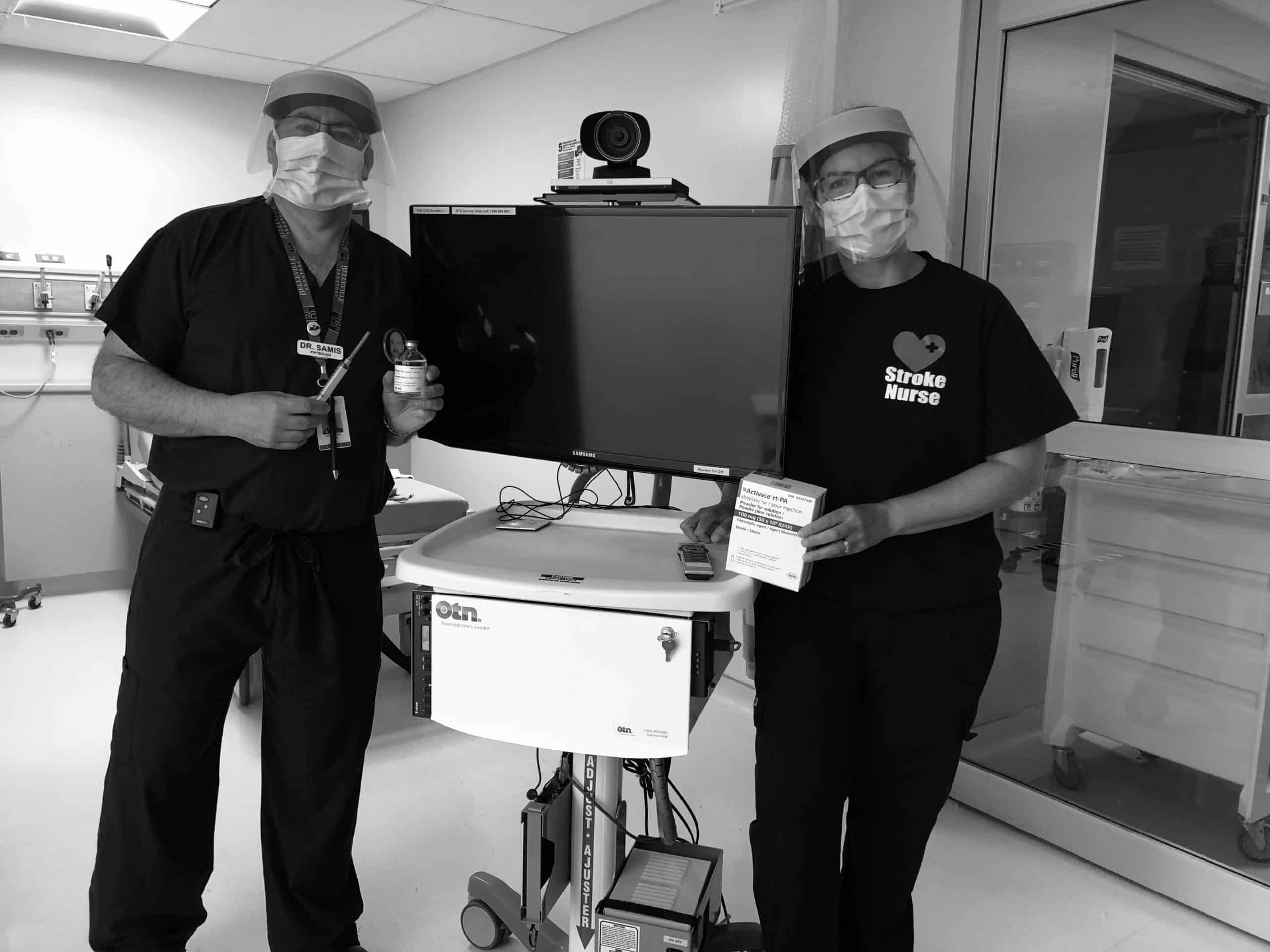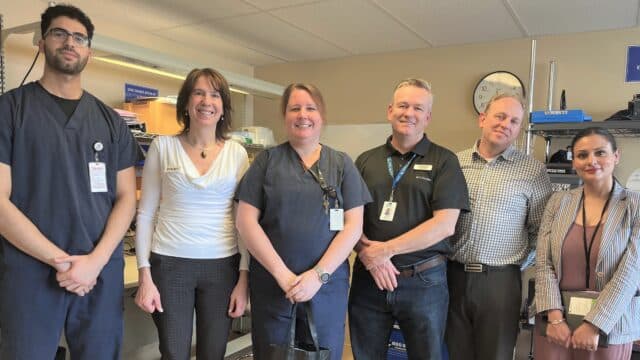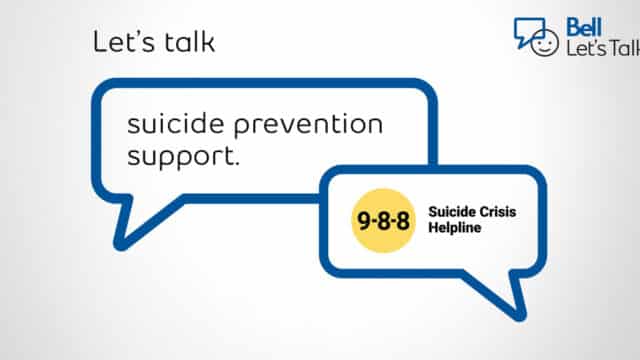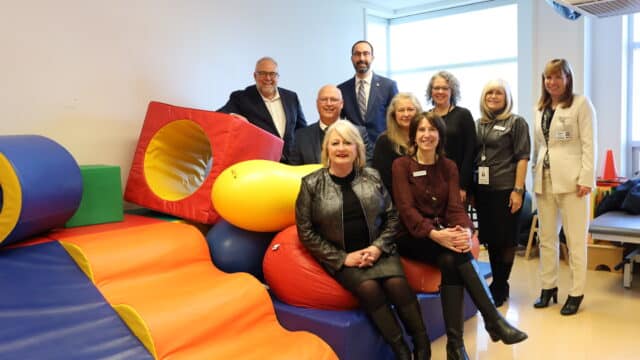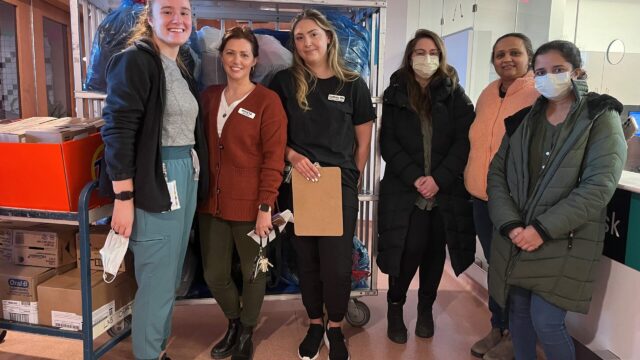QHC Ranks Fastest for Door-to-Needle Time of any Telestroke Centre in Ontario
In September 2020, we shared a story in Vital Signs News about the incredible success of our stroke team in speeding up our Code Stroke process. We explained that during a 2019 improvement event, a diverse team of QHC staff, physicians and community partners including Hastings Quinte Paramedic Services, worked together to find efficiency opportunities and ultimately speed up our door-to-needle time. We’ve now learned that QHC ranks fastest for door-to-needle time of any Telestroke centre in Ontario!
Door-to-needle time refers to the speed in which a stroke patient receives clot-busting tPA. Upon ambulance arrival to hospital, the goal is to get the patient assessed by the physician, IVs established, blood work drawn, and get the patient over to Diagnostic Imaging for a CT scan as quickly as possible to determine whether they are a candidate for tPA. If they are a candidate, receiving a shot of tPA as soon as possible undoubtedly impacts their future quality of life, because with stroke, time is brain.
“With a stroke blood clot, 1.9 million brain cells die per minute. Busting the clot quickly is imperative for good health outcomes,” explains Dr. Andrew Samis, QHC’s physician lead for stroke care.
CorHealth Ontario recently released its inaugural Ontario Telestroke Report for 2019-2020. Within the report, Quinte Health Care is ranked as having the fastest for door-to-needle times of any Ontario Telestroke centre. Telestroke centres are hospitals that do not have access to a stroke neurologist onsite. Through Telestroke, QHC can connect to an on-call stroke neurologist using two-way videoconferencing and a centralized imaging transfer system to allow QHC physicians and consulting Telestroke neurologists to jointly assess patients, review images and determine the optimal treatment approach.
“This provincial report confirms what we already suspected,” said Dr. Samis. “It’s like training really hard for a marathon and finding out that the training has paid off and your time is really good. And we know from internal data that we’re doing even better this year as we continue to improve.”
“Stroke care is a huge team effort over many departments,” said Melissa Roblin, QHC’s Stroke Resource Nurse. “The team has such a high attention to detail and that’s what makes us successful. Even throughout the pandemic the team has really pushed to improve further.”
The provincial report for 2019-2020 lists QHC’s median door-to-needle time as just below 50 minutes, but we are getting closer to the difficult-to-attain median of 30 minutes with each passing month. On a few occasions the team has delivered tPA within 14 minutes!
A big thank you and congratulations to everyone who has contributed to this success and worked hard to help achieve better outcomes! #AlwaysStriveToImprove
